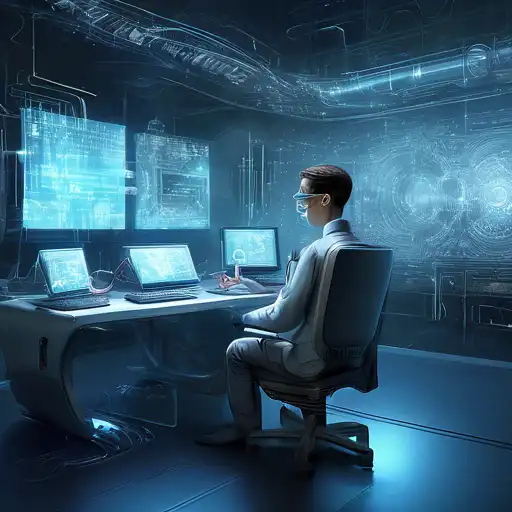Introduction to Computer Vision Technology
Computer vision technology has seen remarkable advancements in recent years, transforming how machines interpret and understand the visual world. From facial recognition systems to autonomous vehicles, the applications of computer vision are vast and varied. This article delves into the latest breakthroughs in the field, highlighting how these innovations are shaping industries and everyday life.
Key Advancements in Computer Vision
One of the most significant advancements in computer vision technology is the integration of artificial intelligence and machine learning. These technologies enable computers to learn from visual data, improving their accuracy and efficiency over time. Deep learning, a subset of machine learning, has been particularly influential, allowing for the development of sophisticated image recognition systems.
Applications of Modern Computer Vision
The applications of modern computer vision technology are diverse, impacting sectors such as healthcare, automotive, and security. In healthcare, computer vision aids in diagnosing diseases from medical images with high precision. The automotive industry benefits from computer vision through the development of self-driving cars, which rely on visual data to navigate safely. Additionally, security systems use facial recognition technology to enhance safety measures.
Challenges and Future Directions
Despite its progress, computer vision technology faces challenges, including the need for large datasets and concerns over privacy. However, ongoing research aims to address these issues, with future directions focusing on improving algorithms and reducing biases in visual data interpretation. The potential for computer vision to revolutionize various sectors remains immense, promising even more innovative applications in the years to come.
Conclusion
The advancements in computer vision technology are paving the way for a future where machines can see and interpret the world as humans do. With continuous improvements in AI and machine learning, the possibilities are endless. As we move forward, the integration of computer vision into daily life and industries will undoubtedly continue to grow, offering exciting opportunities for innovation and development.
